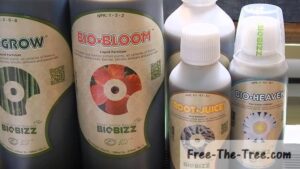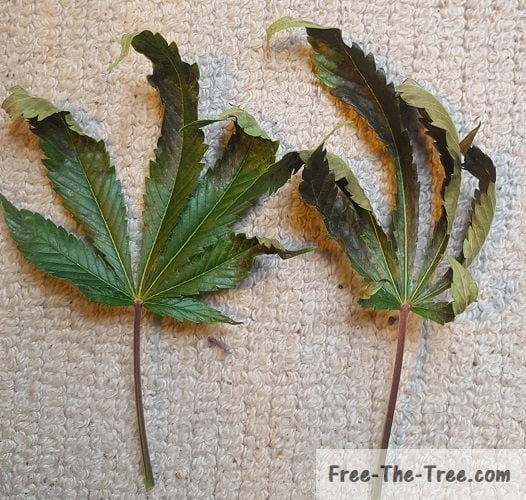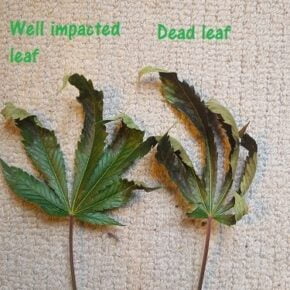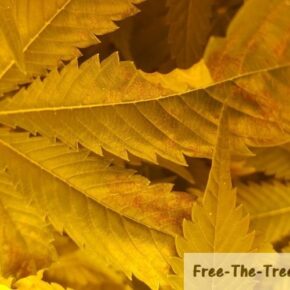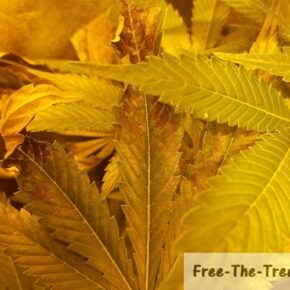What do plants use Phosphorus for?
Phosphorus is one of the 3 main elements that all flowering plants need to thrive. For full disclosure, plants need about 28 different nutrients in order to thrive, most of which are produced by micro-organismes present in the soil.
Phosphorus is as vital for the well-being of the plant during the vegetative as it is during the flowering stage.
In the growth cycle, it’s main use is in the photosynthesis process and root development. Once the plant is in her flowering cycle, this nutrient reduces its activity on the root level and is used for the production of flowers.
Meaning that if you have signs of phosphorus deficiency showing on your leaves your plant is extracting it from the leaves in order to re-use it to build roots or to produce the flowers.
Phosphorus during Vegetative and Flowering Stages
| STAGE OF LIFE | PHOSPHORUS (P) USAGE IN CANNABIS |
|---|---|
| Vegetative Stage |
|
| Flowering Stage |
|
